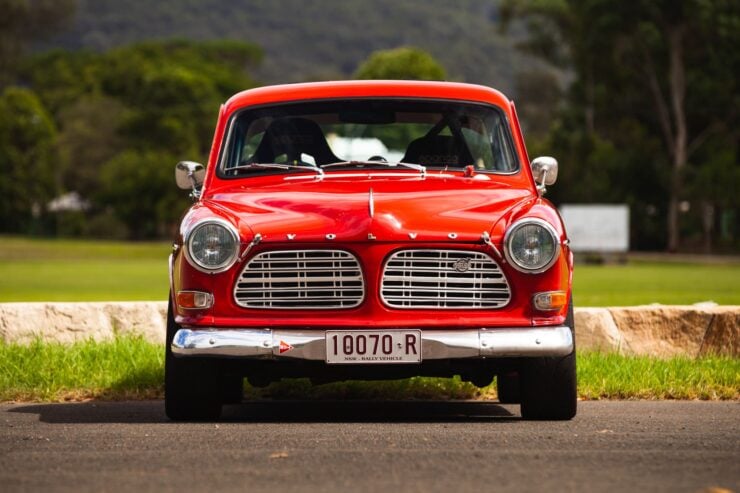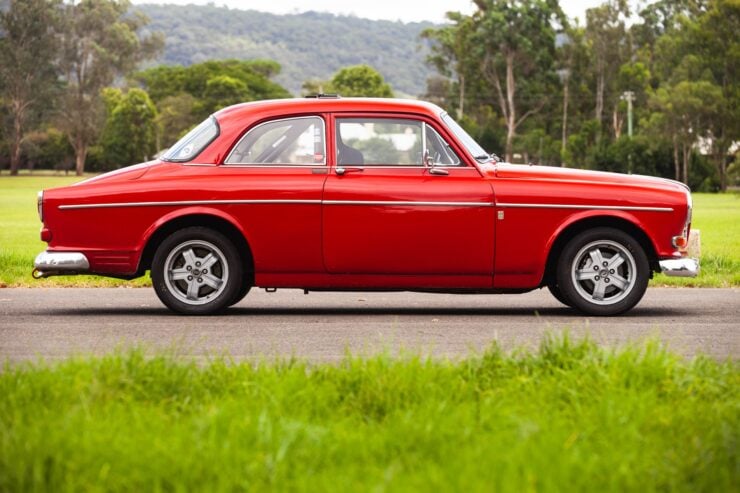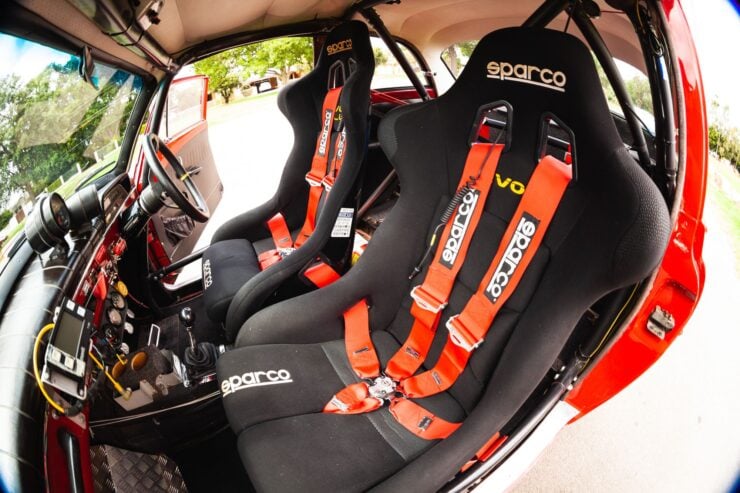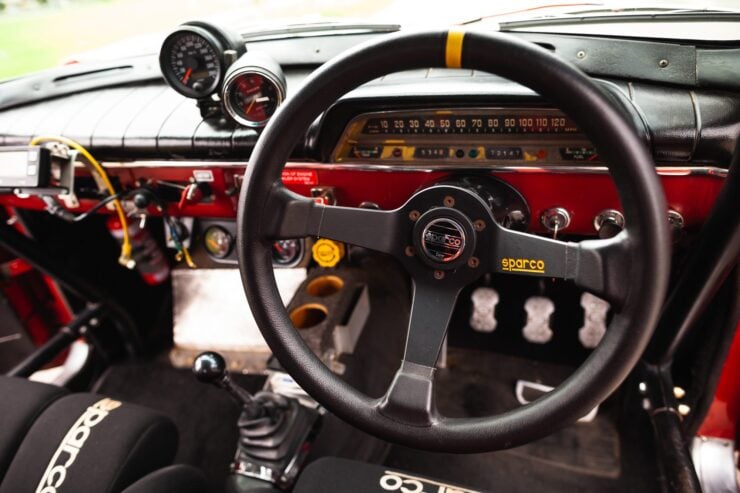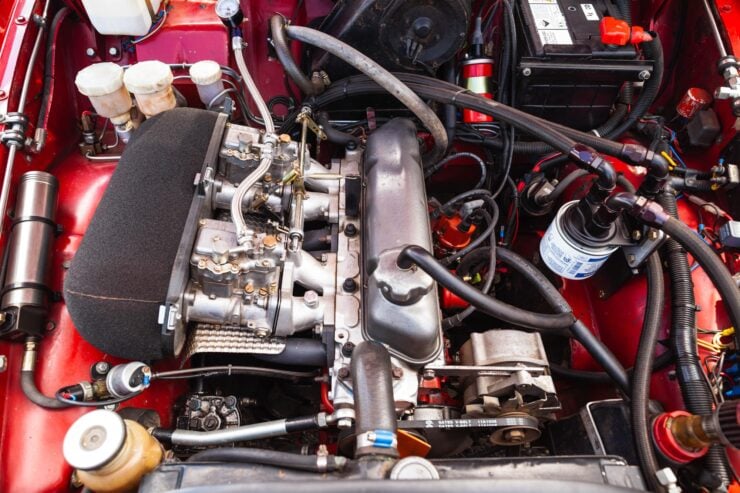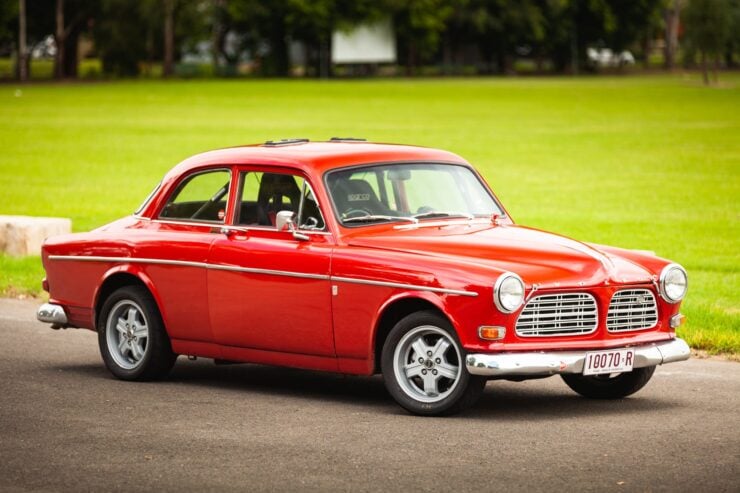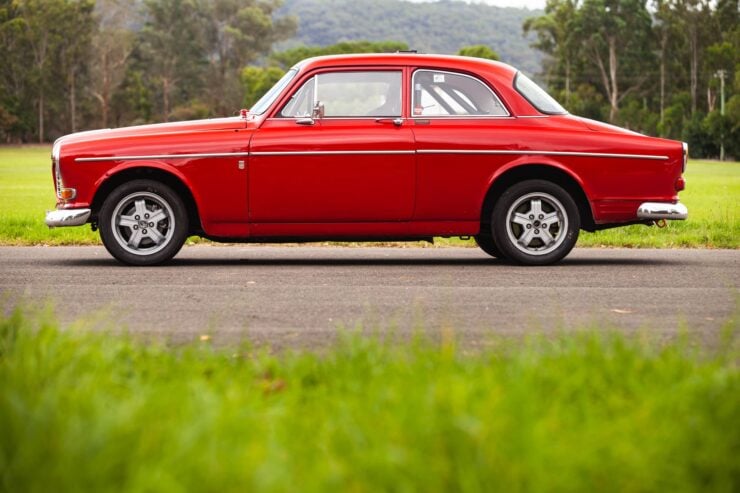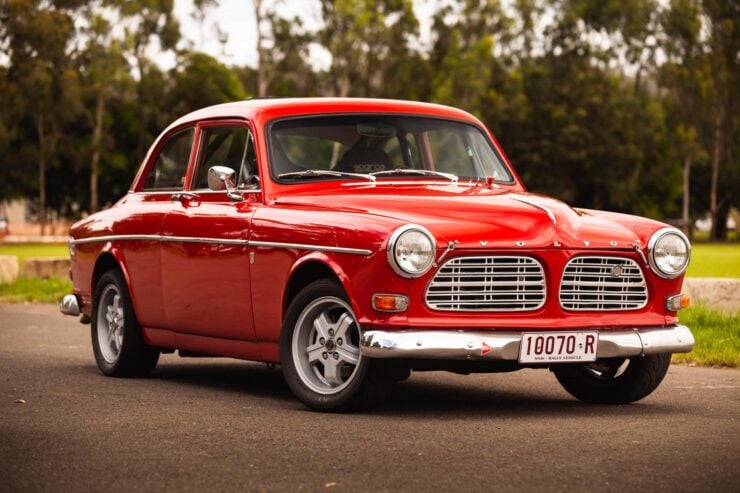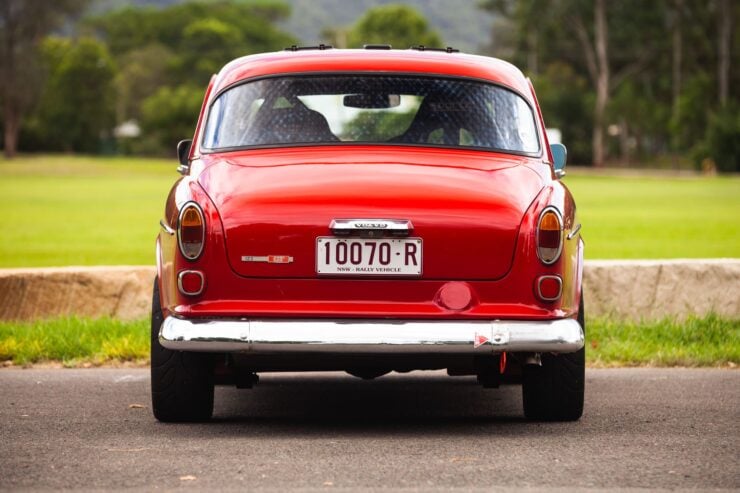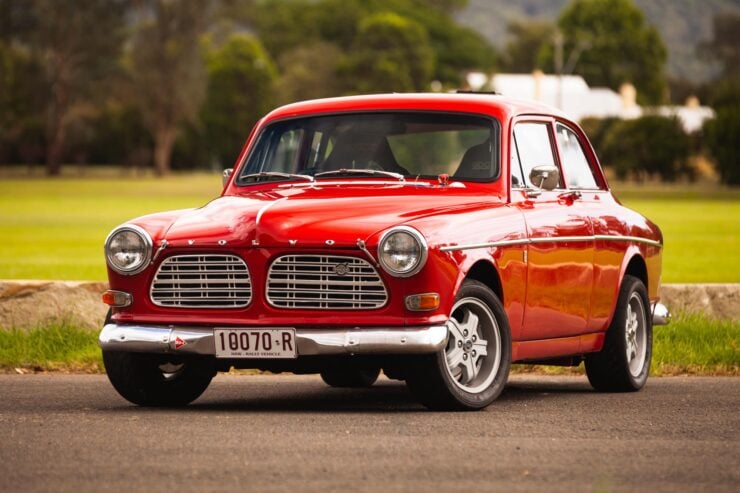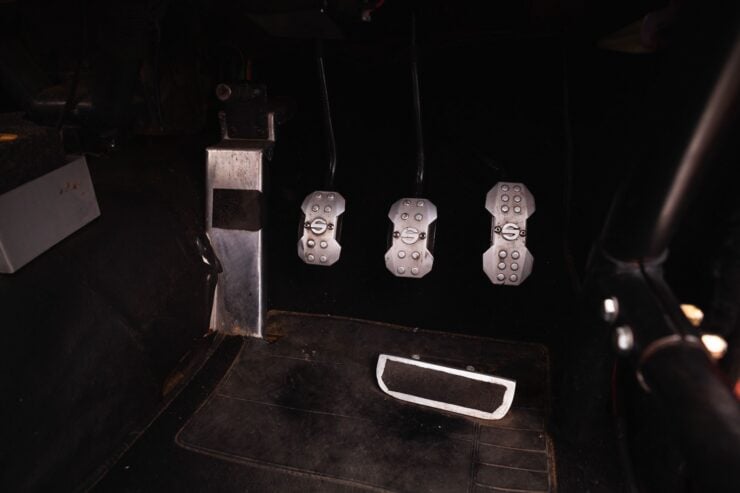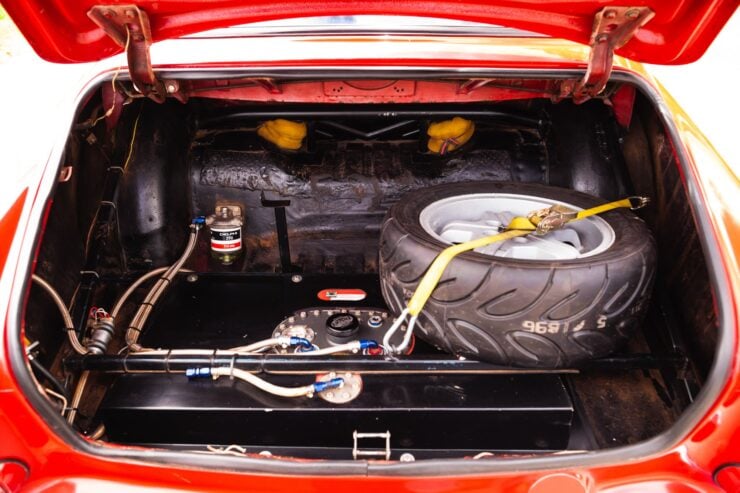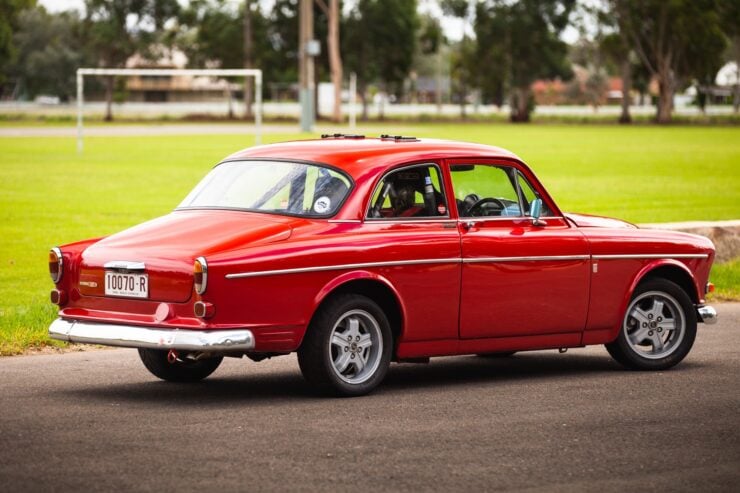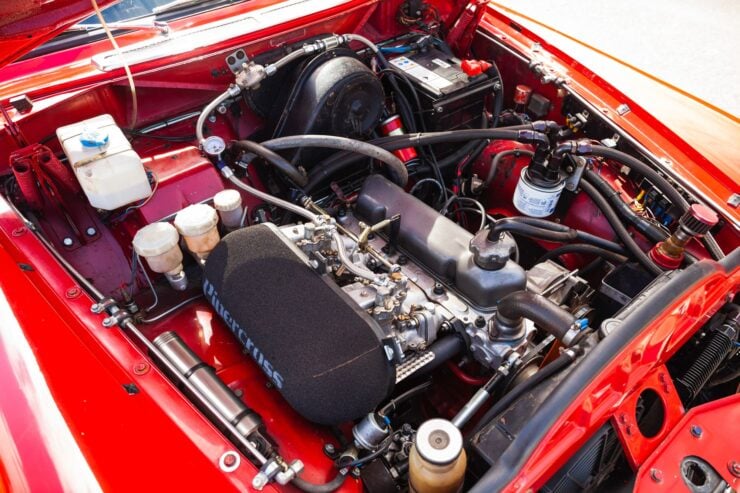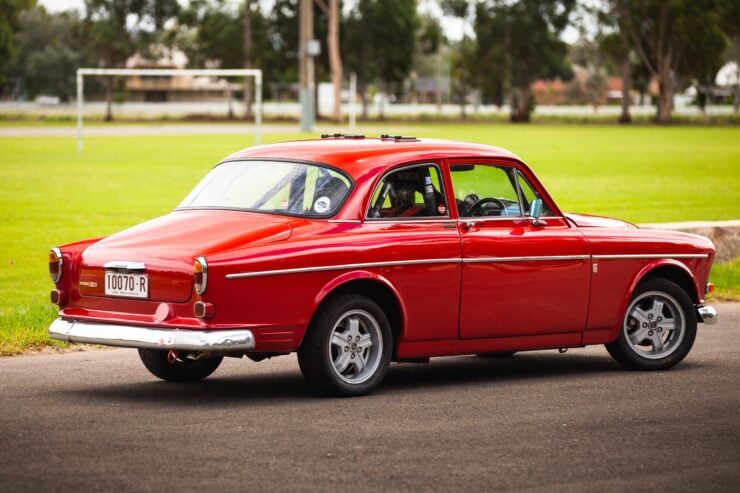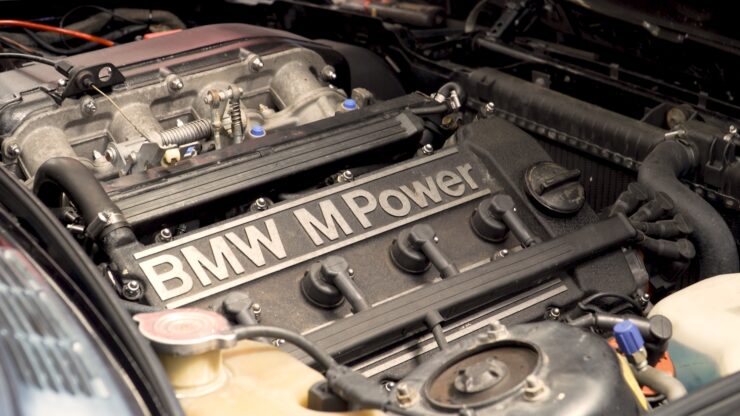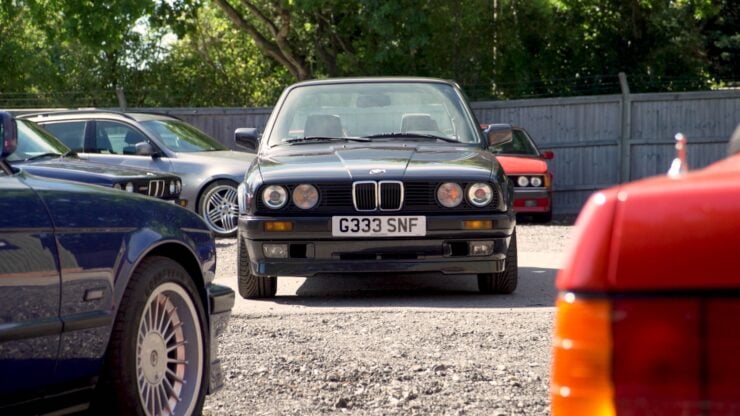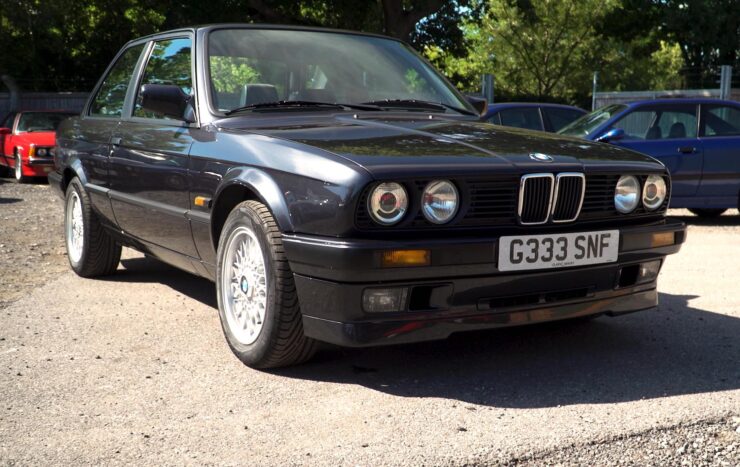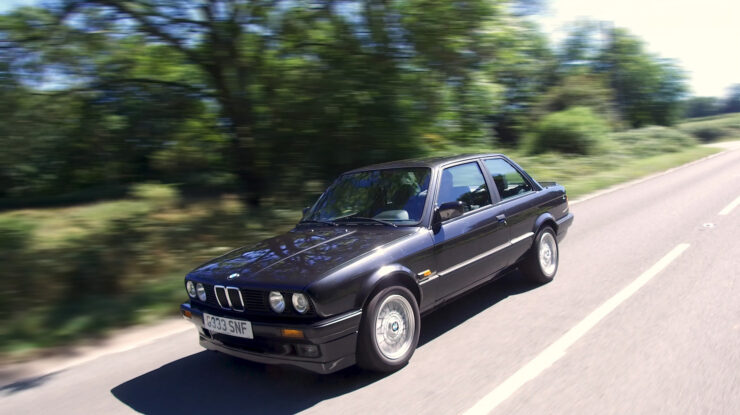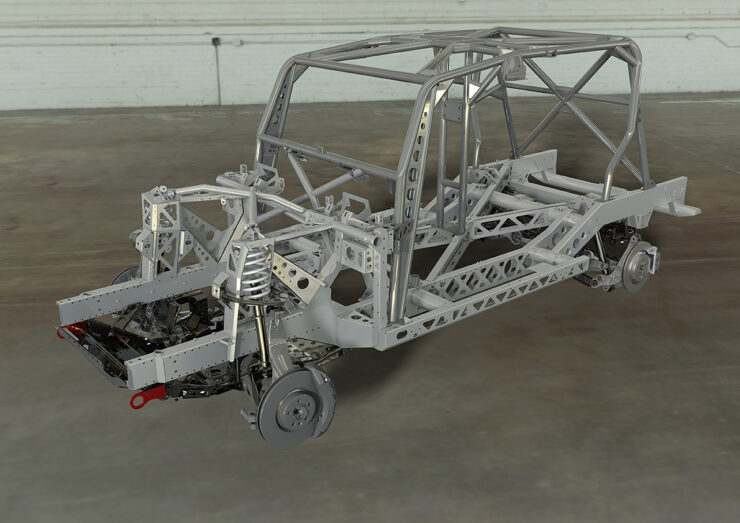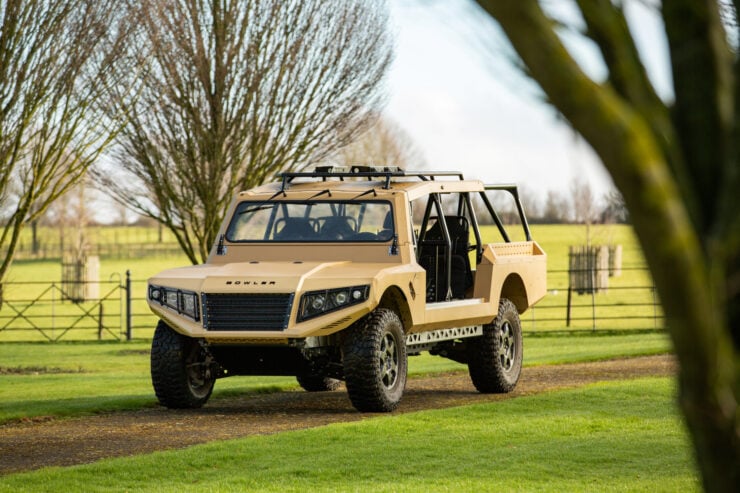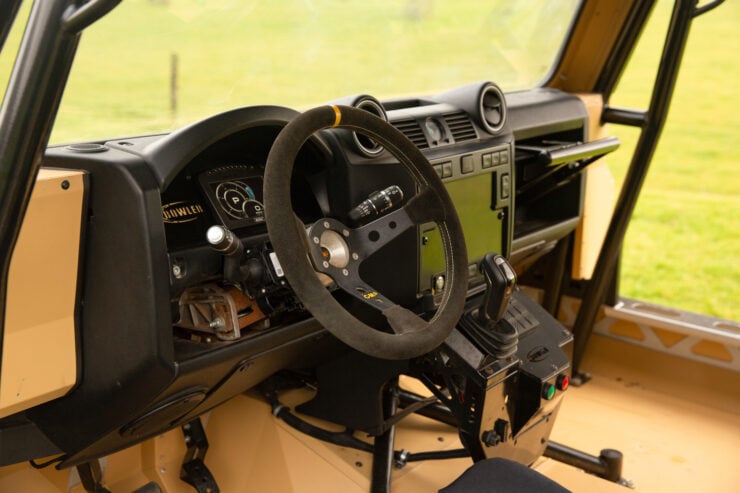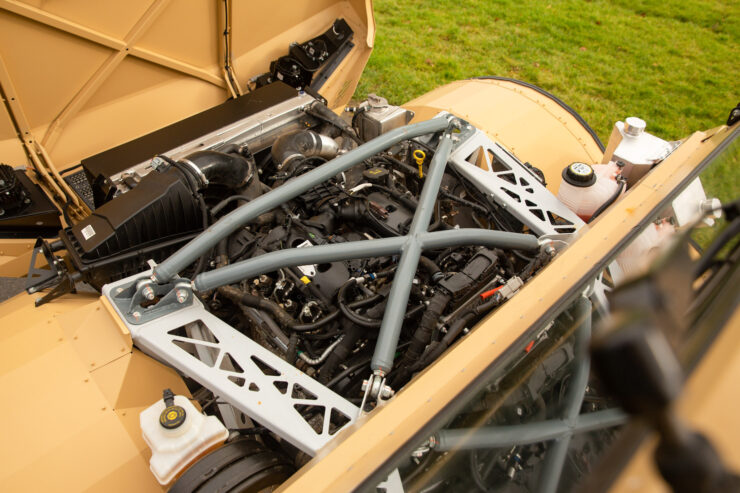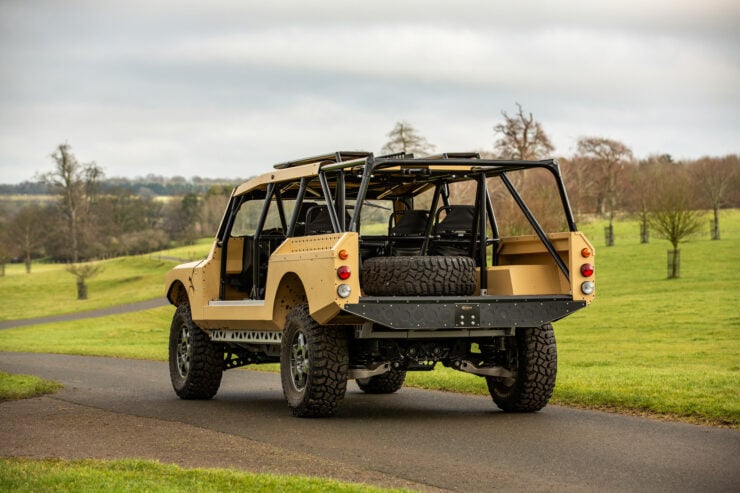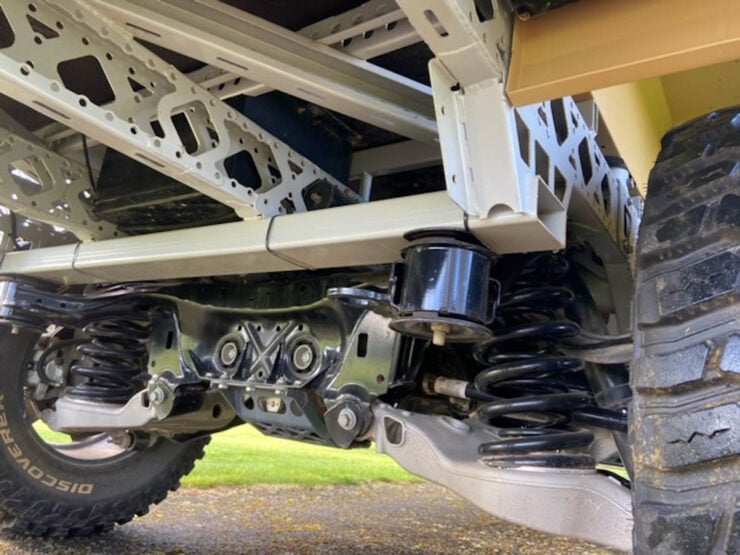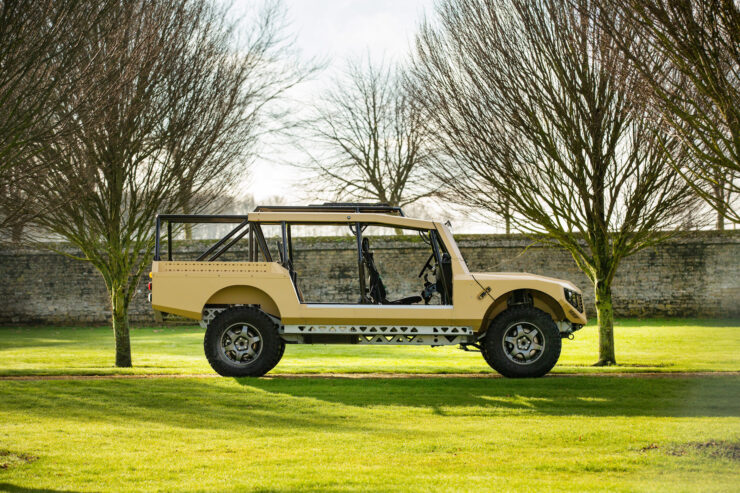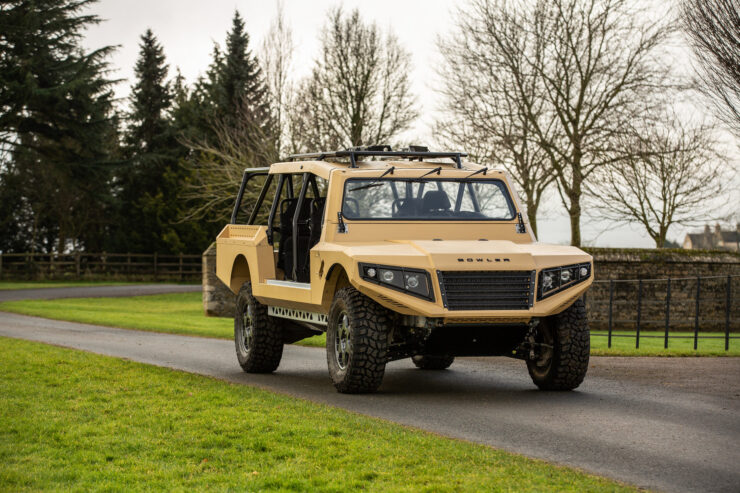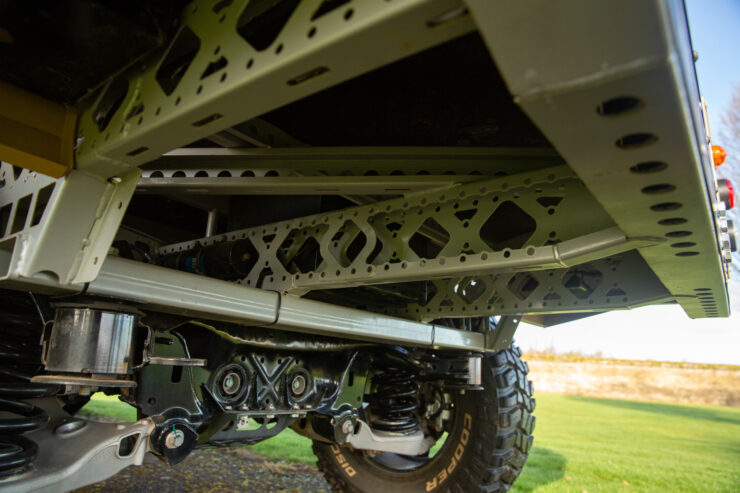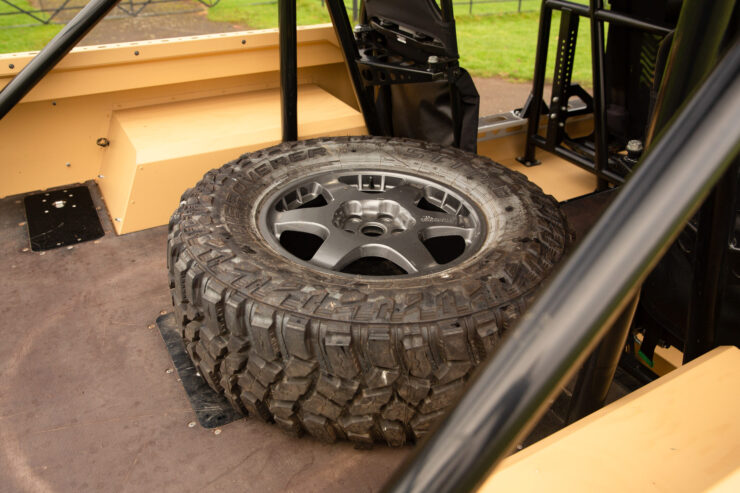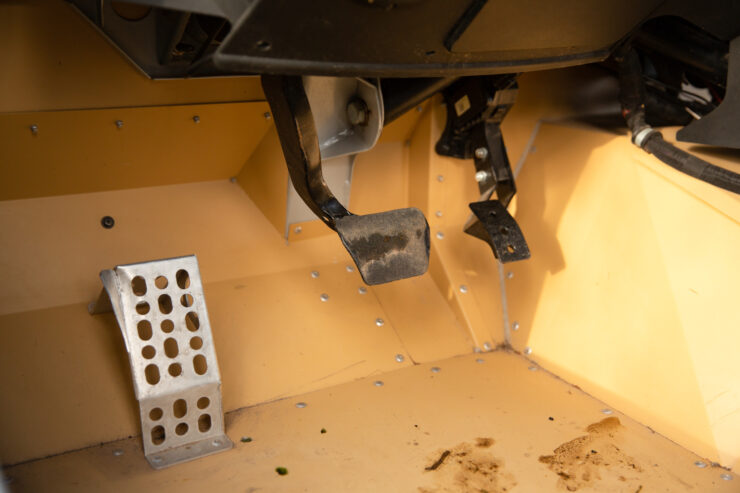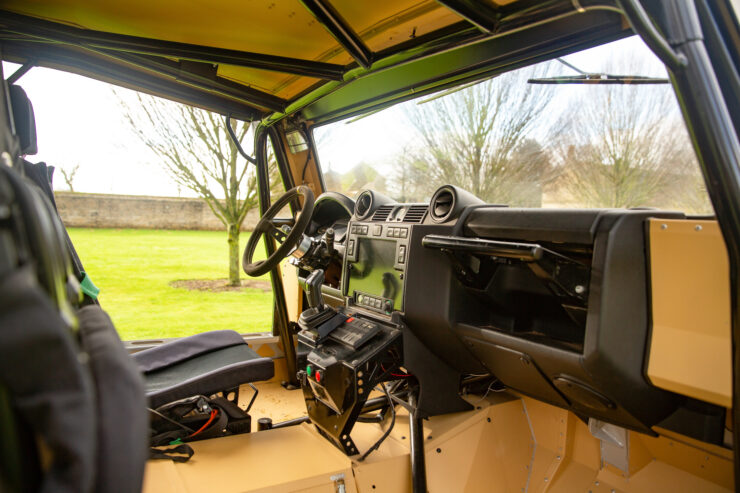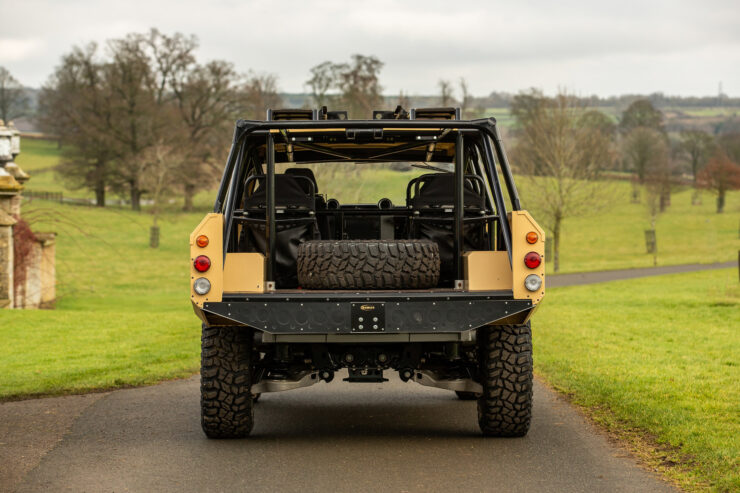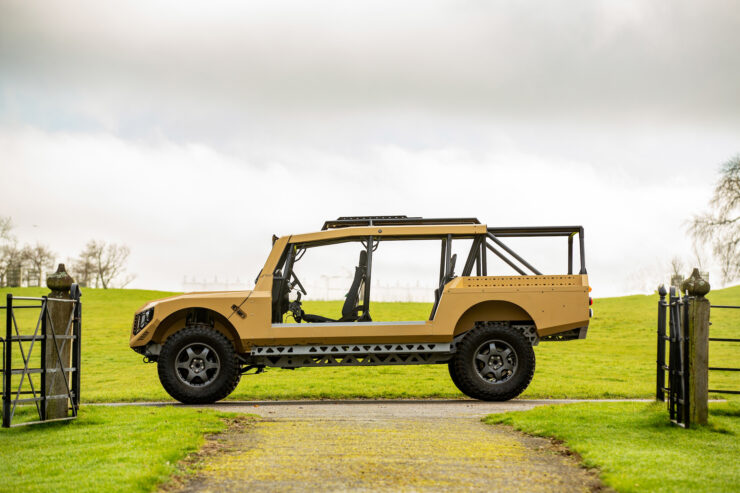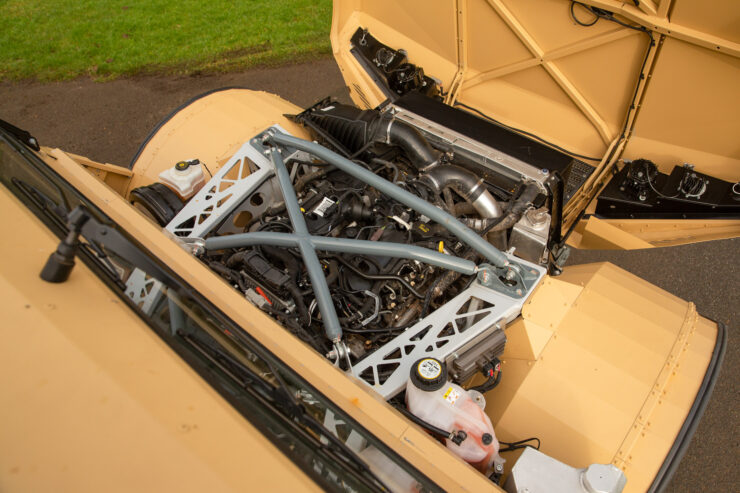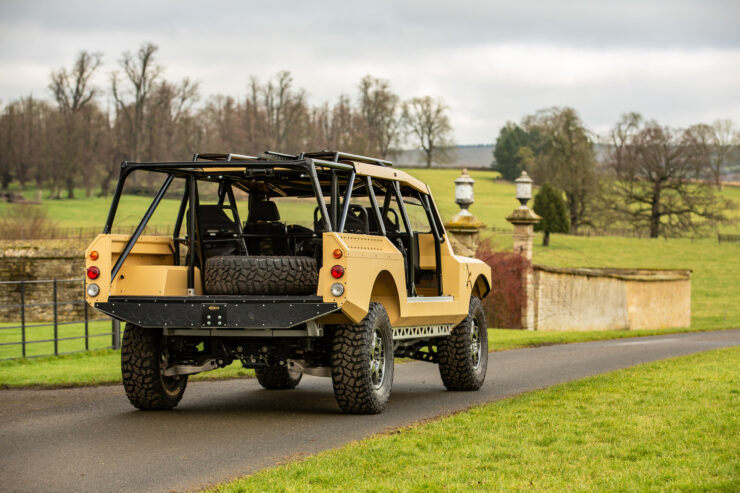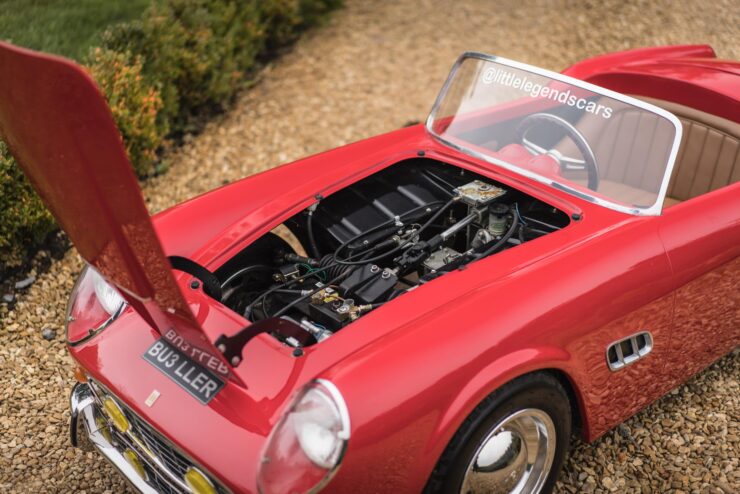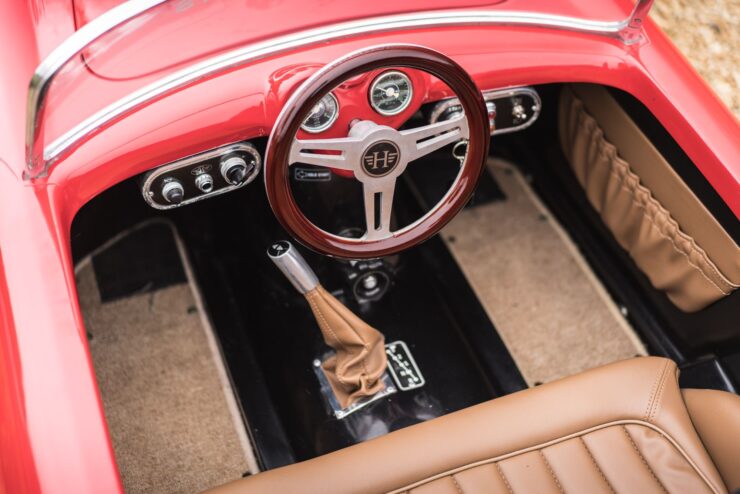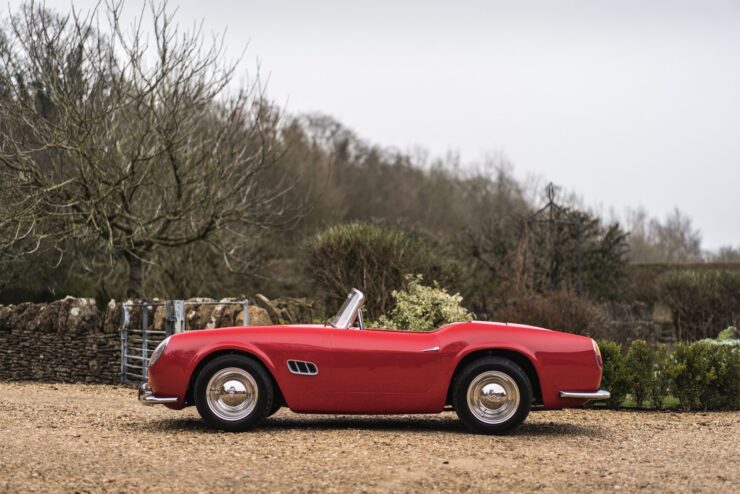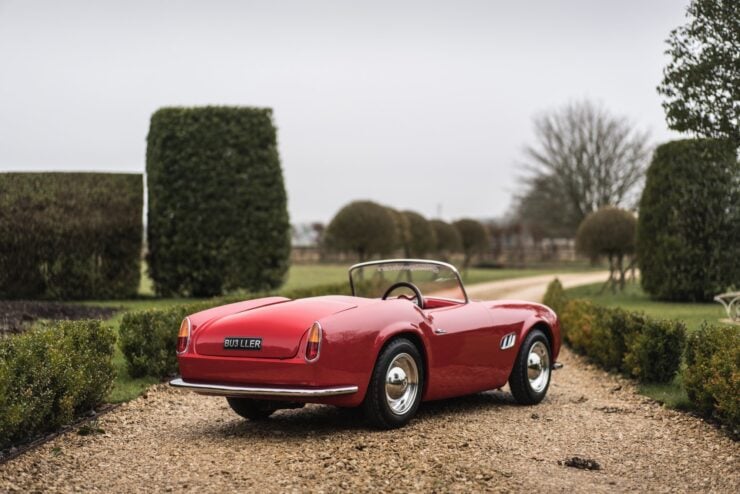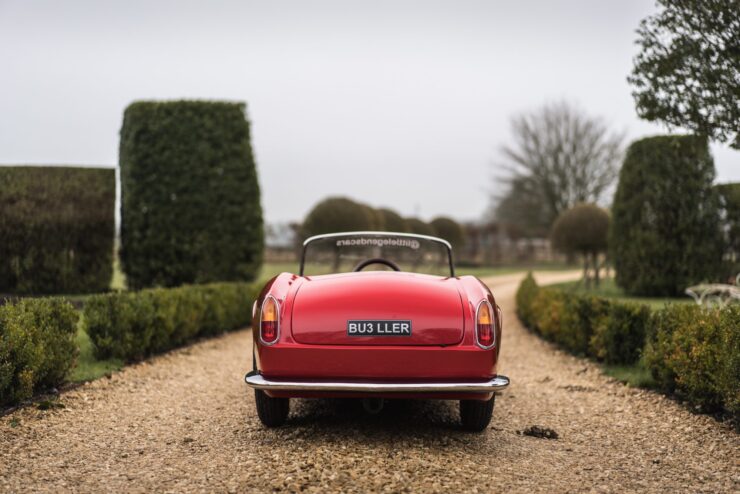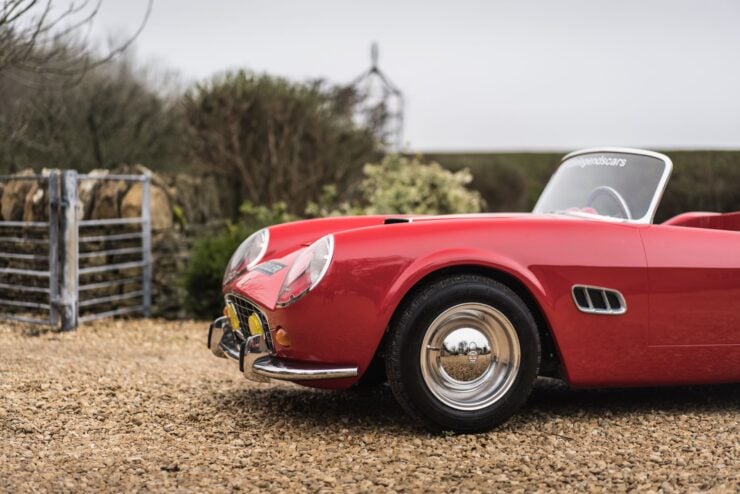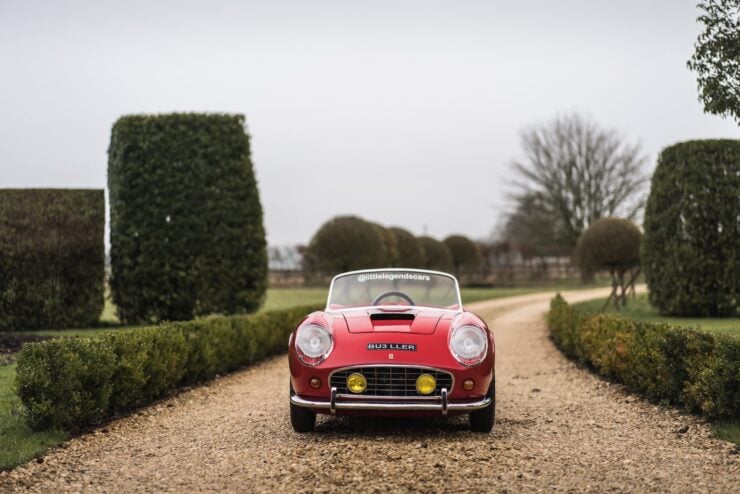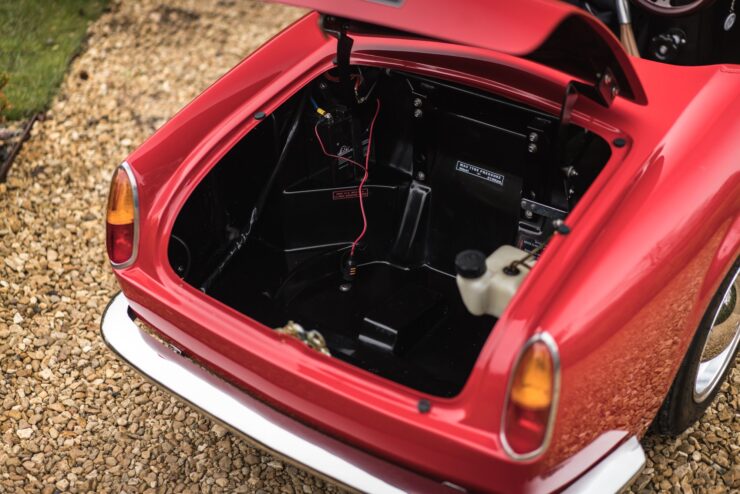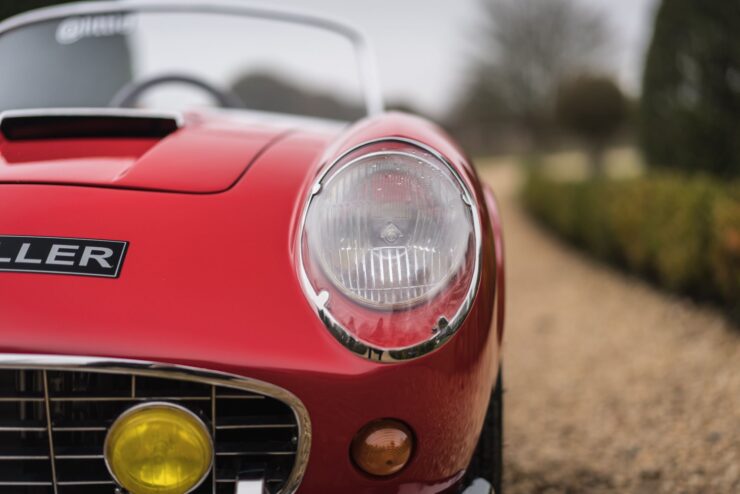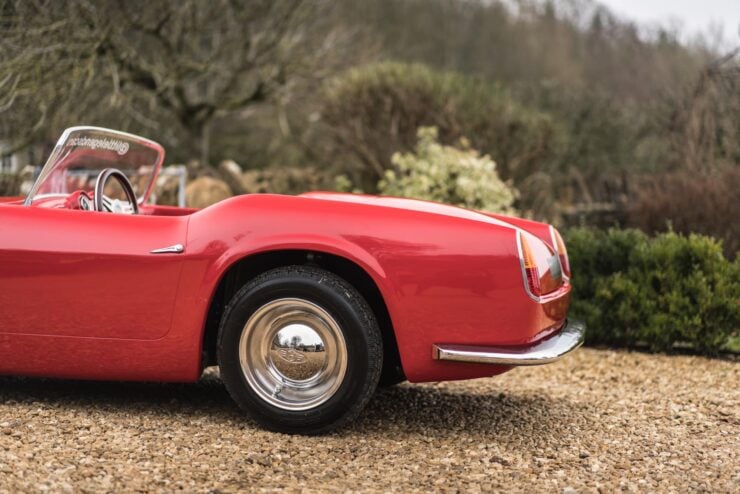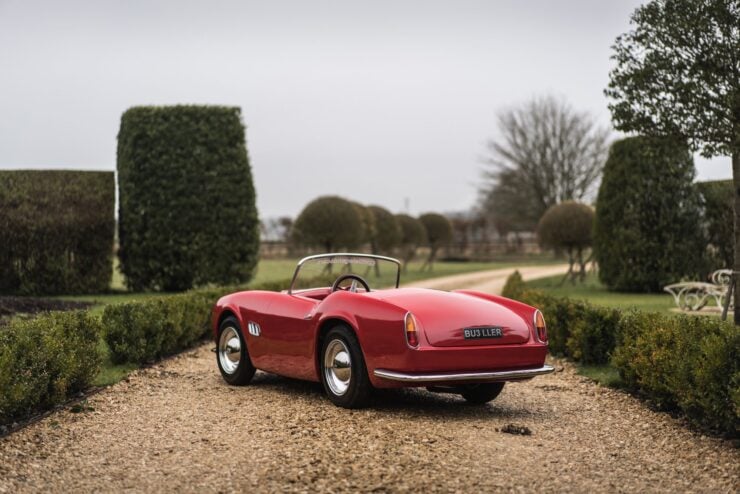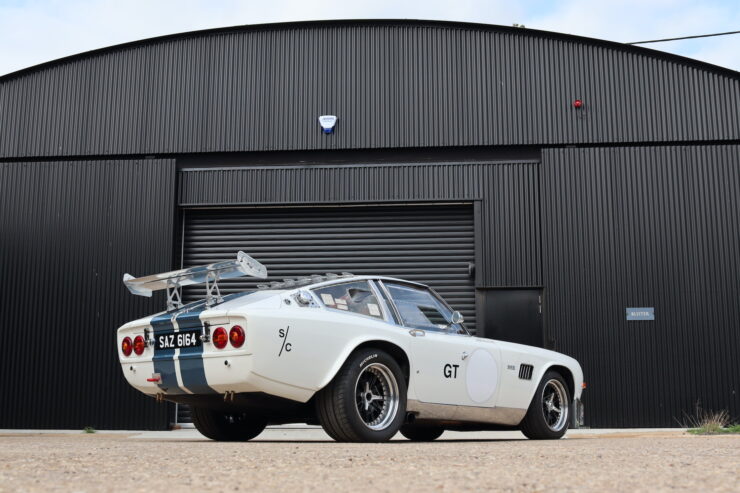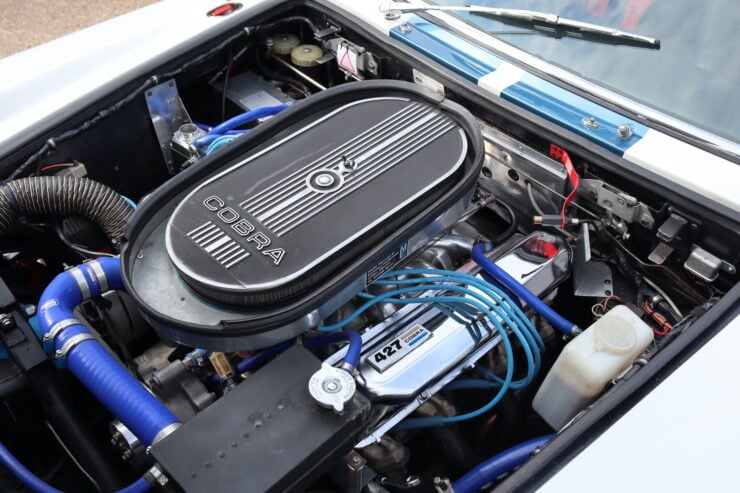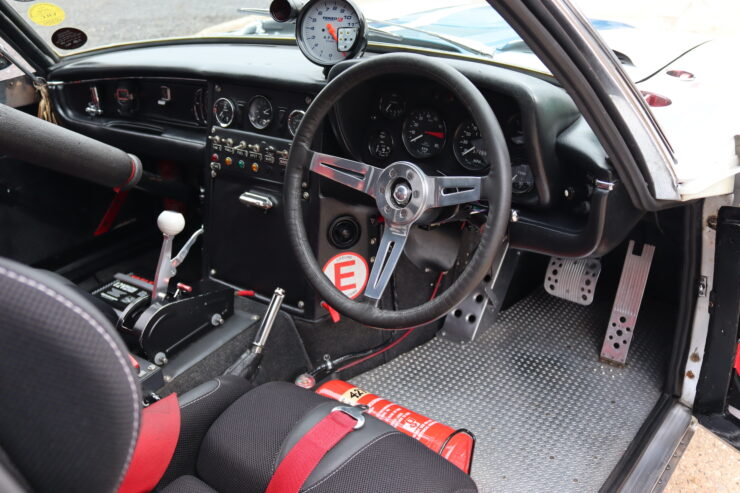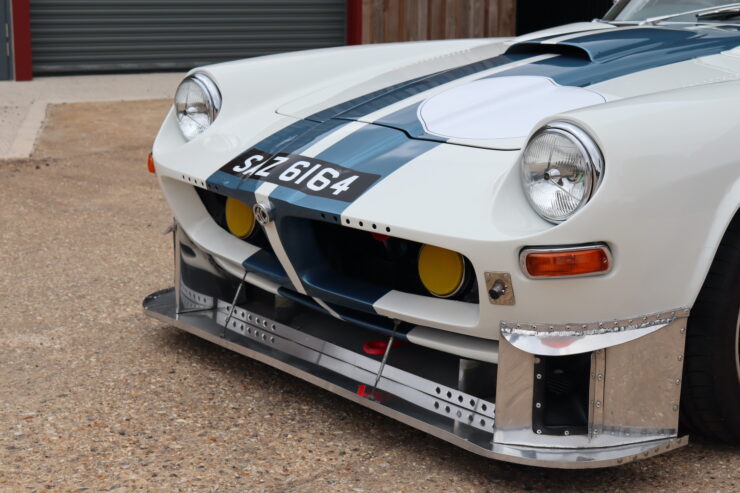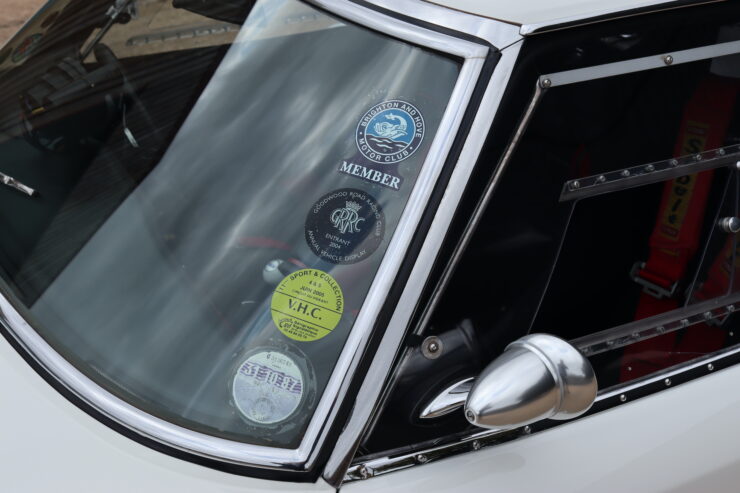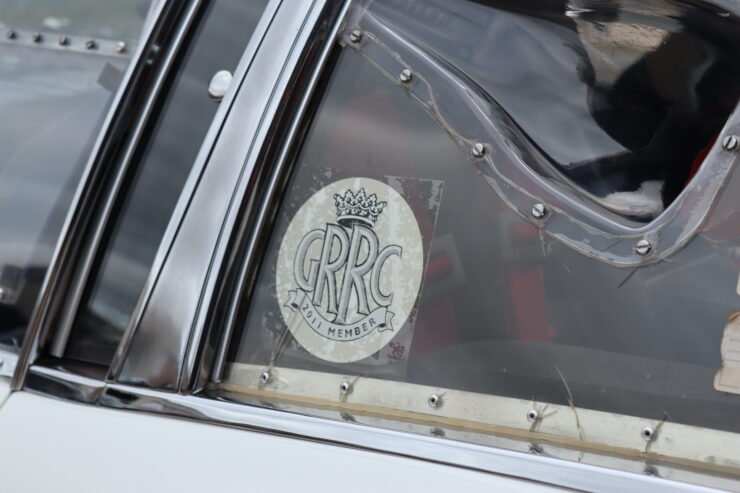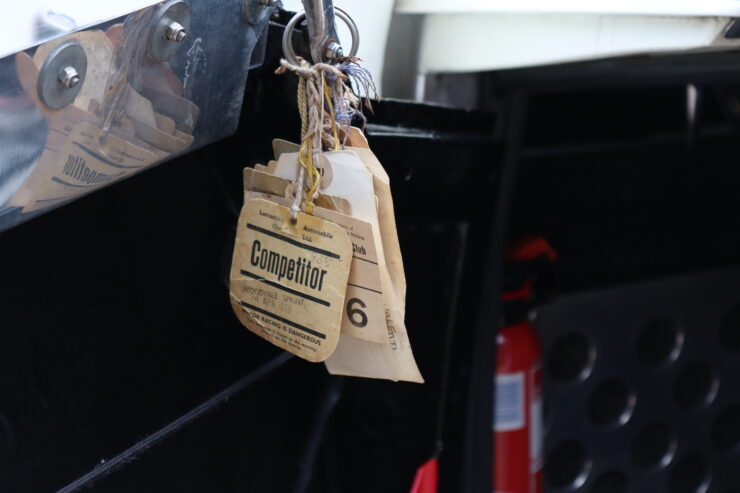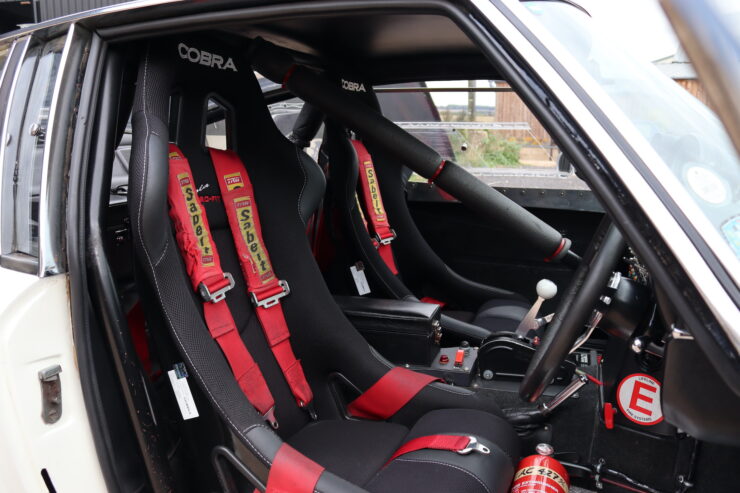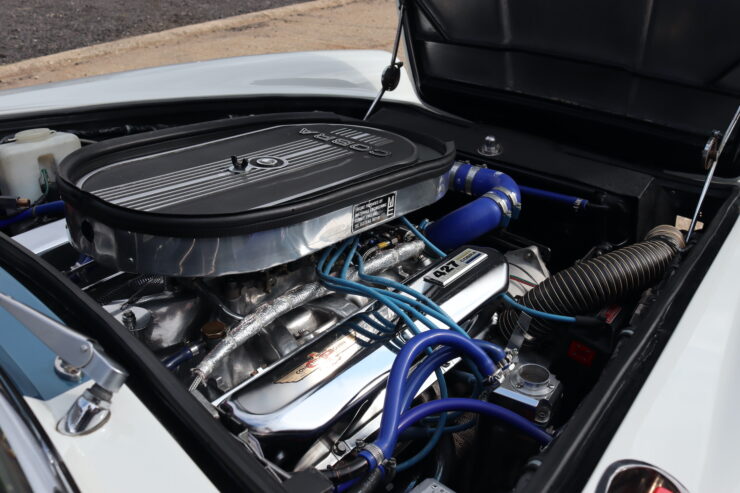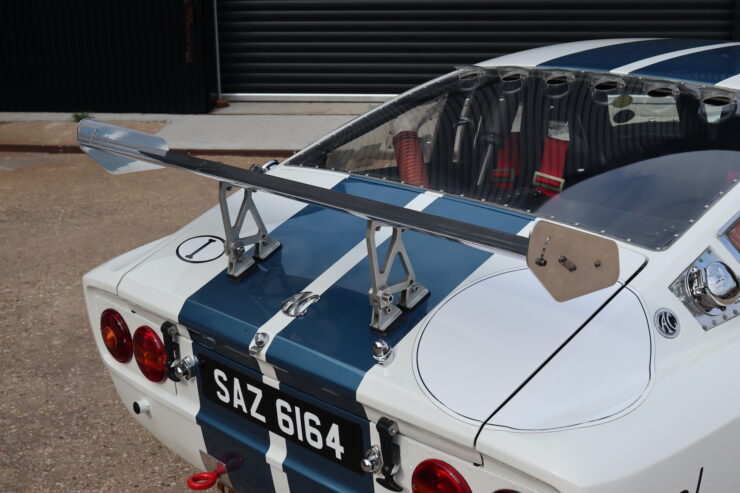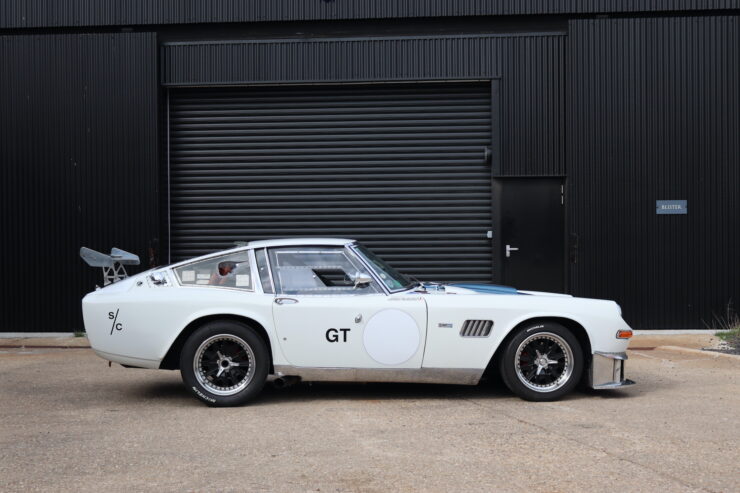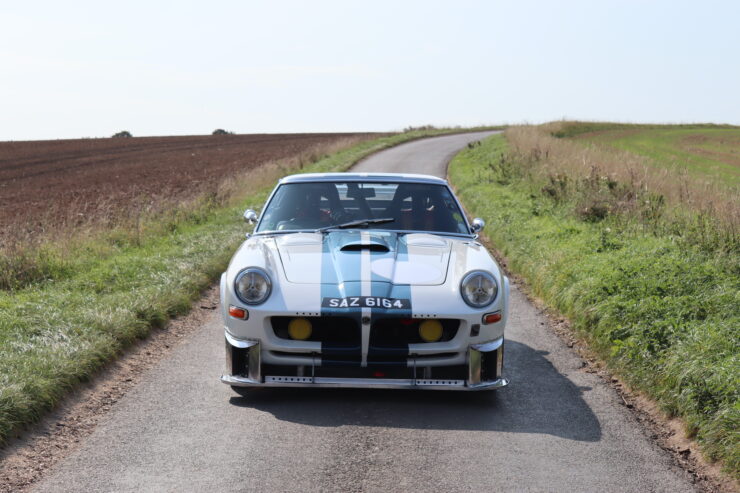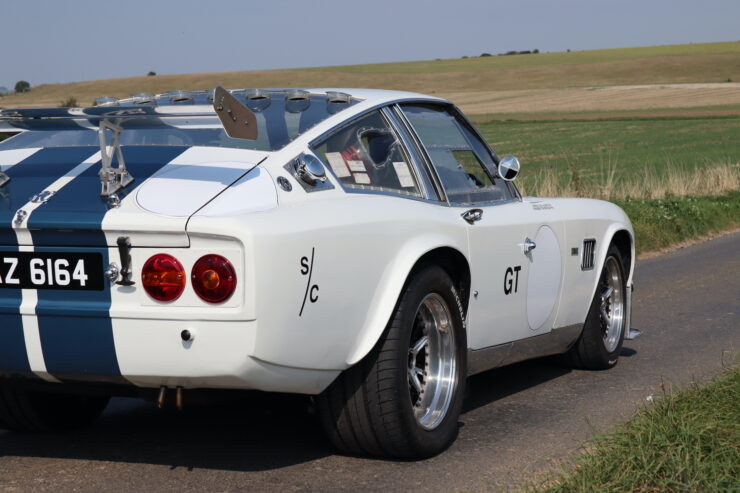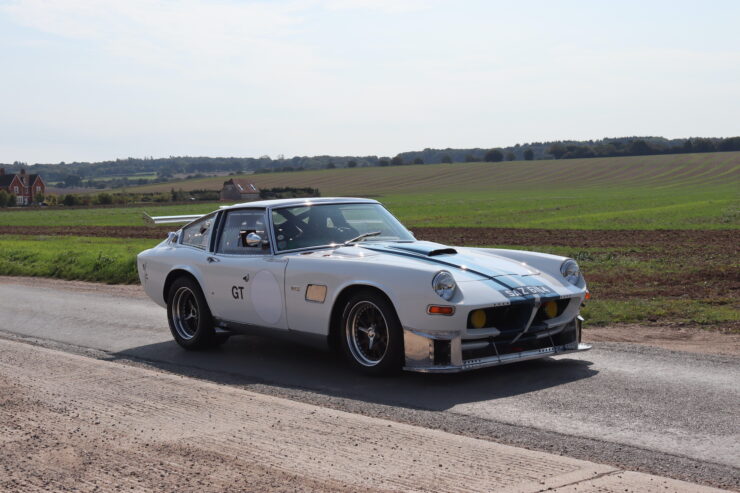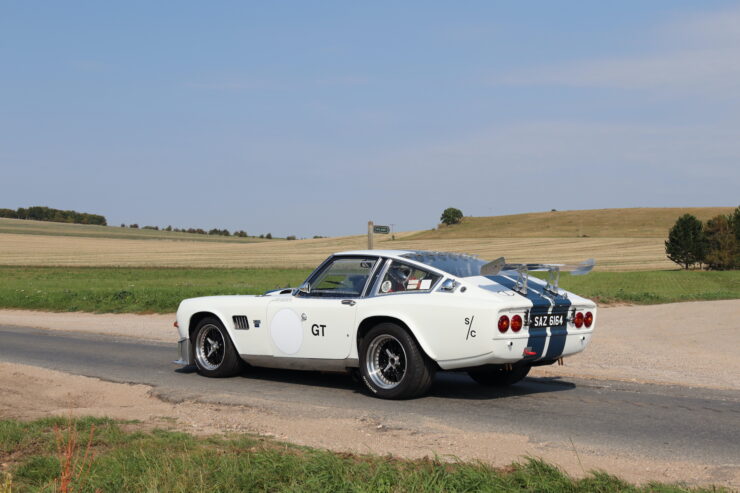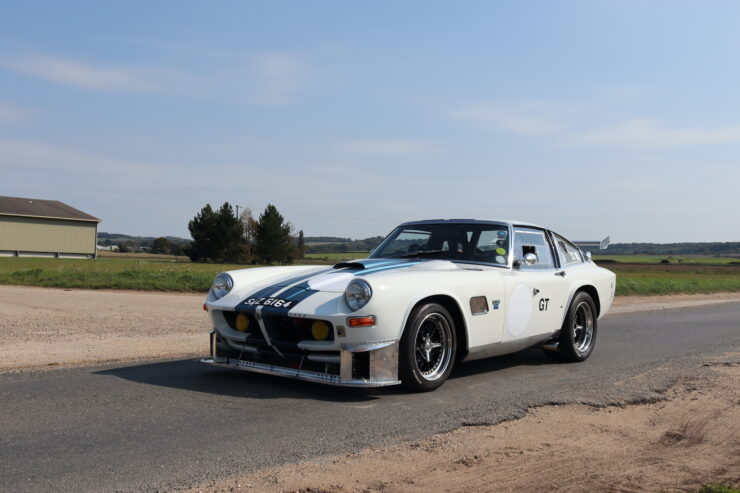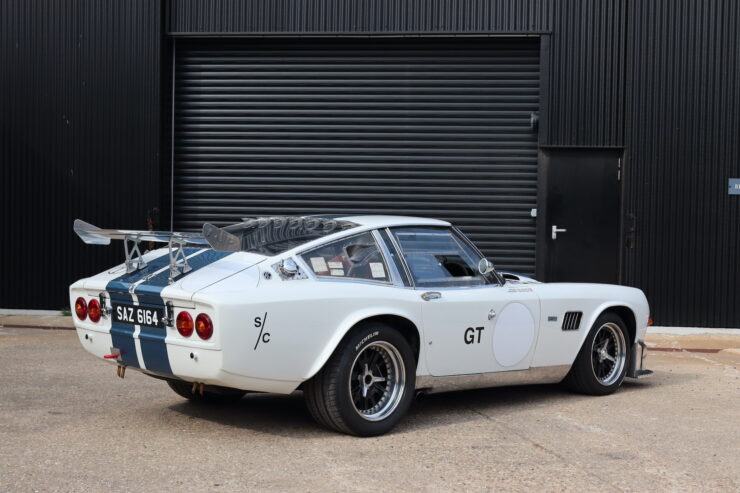This is the first in a new series of features by Stan Evans that we’ll be publishing on Silodrome to highlight voices that are often underrepresented in the parallel automotive and motorcycle communities. In the coming months he’ll be bringing you a number of interviews with a fascinating range of diverse, remarkable people from the United States and around the world.
Maggie – Tell Us A Little About Yourself And Your Work
Though we seem to be increasingly rare these days, I am a Colorado native, presently residing in Denver. I have tried to move away a few times but always end up back in The Mile High City. Something about this place has a grip on me and when I am away, I miss it dearly. That says a lot because I am only a half-step down from proclaiming true distain for the cold, snow, and winters in general, which is comical seeing as I have chosen to only own a motorcycle as my sole mode of transportation.
I enjoy the challenge of only having a bike and find relief in not dealing with a plethora of annoying elements that come with owning a car. That being said, there are a handful of blistery winter days that I sincerely question my life choices. For example, when I took my bike out for coffee this morning it was 22 degrees Fahrenheit. I will not hesitate to throw some shade at the cold while keeping in mind this was my decision to live in Colorado as well as abstaining from the comforts of four wheels.
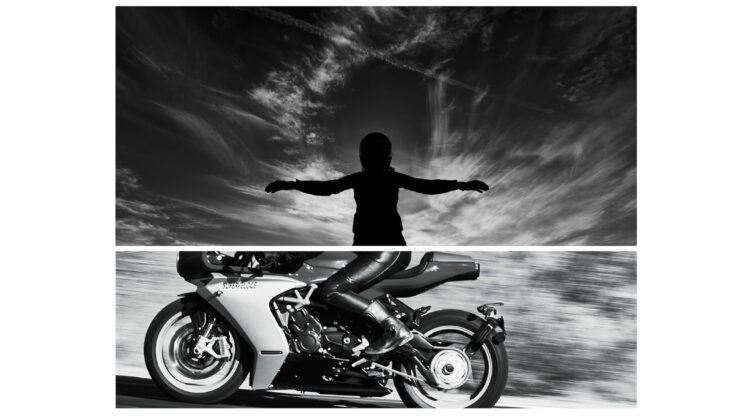
If I am not out riding my motorcycle, I am either writing about them as a freelance journalist or working as a user experience designer. The agency I work for as a UX Designer specializes in the off-roading industry and I work with a team of people who encourage me to get my work done and then go ride my dirt bike, often with them joining me. There is no better team building exercise than crashing on a dirt bike alongside your bosses.
Writing has always been a more effective means of communication for me. I am enthralled by storytelling and find that expressing my words comes more readily when I write them versus speak them. With that being said, no matter what I do in life, writing will always be a part of it in one form or another. I am currently operating as a freelance motorcycle writer and have been able to embark on some unbelievable adventures and ride a myriad of beautiful motorcycles as a result. Most recently, I jetted off to Los Angeles to meet up with photographer Stan Evans and carved the California canyons on the MV Agusta Superveloce 800 for a fun, collaborative piece that challenged both my writing and riding skills.
No matter what my 9 to 5 is moving forward, writing will invariably be my constant. I have found my home in motorcycle-based journalism and only have plans to ramp it up. I am enchanted by the freedom that freelancing bestows upon me and plan to use that gift to dream up unique motorcycle tales to share with whomever is willing to consume them.
How Did You Get Into Riding?
About ten years ago I was living in this small, decrepit house with its only redeeming quality being an abnormally large backyard. Little did I know what life-altering treasure was awaiting me in my little forest. My roommate stored her never-ridden CRF50F back there and poor thing was getting lonely.
It did not take much persuading for me to convince her that we needed to learn how to ride that baby dirt bike. Mistakenly, we mentioned this experiment to friends and family to share in the excitement but were instead met with an onslaught of unsolicited tips, tricks, hesitations, and offers to be our riding coach. We were also told over and over again how dangerous motorcycles are, especially for girls, and we should not even open up that can of worms.
My roommate and I were similarly wired and our stubborn nature kicked in. The more we were told not to ride, only made me want to ride more. The more people telling us the “right” way to learn, the more I just wanted to teach myself. The only way this was going to work for us is if we ignored the stockpile of varied tips the well-intended men in our lives were giving us and just throw a leg over, start the damn thing up, and figure it out for ourselves.
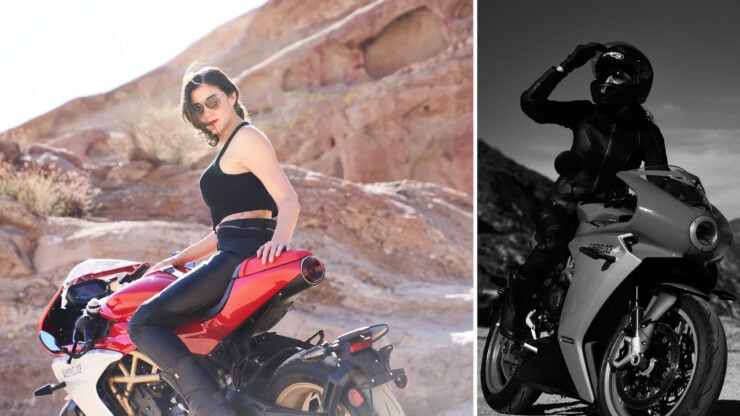
So, one day we pulled the bike into the yard – our merciful practice ground – and decided we were going to shake our ordinary existence up. Through trial and error, we were going to learn how to ride a motorcycle. On our own. Though the catalyst to learn independently was partially motivated by pride, I would not have wanted it to unfold any other way.
Admittedly, the struggle was very real and many hours were consumed with abundant failures, spills, and frustrations. However, we eventually figured it out, albeit graceless, and I would be forever hooked. Riding a motorcycle awoke a hunger in me and though it was and still can be a struggle (particularly on dirt bikes), it is where I truly feel myself.
More satisfying than any external gratification, riding a moto appeases something deeply intrinsic. While I owe so much gratitude to the people who have helped me improve my skills on the motorcycle over the last decade, knowing my friend and I crossed that initial hurdle completely on our own is something that I will forever treasure.
How Do You Get Other People Into Riding, And How Are You Building/Connecting With The Community?
My motorcycle has unquestionably been a conduit for many extraordinary experiences that have ignited life-long bonds with some rad people. I specifically attribute my writing for giving impetus to many of the connections and friendships I hold close to my heart. Motorcycles set my soul on fire and I desire for other to feel even a glimmer of that burn through my stories.
As someone who has always loved storytelling, I was very fortunate to work with the talented people behind META magazine. It was there that I was able to combine my love of motorcycles, adventure, and writing. I wanted to share my experiences with others, evoking a similar passion and inspiring wanderlust through my words. There have been no greater affairs than those abroad my steel pony and if I could elicit even a fraction of that feeling in someone reading my stories, then I am a happy girl.
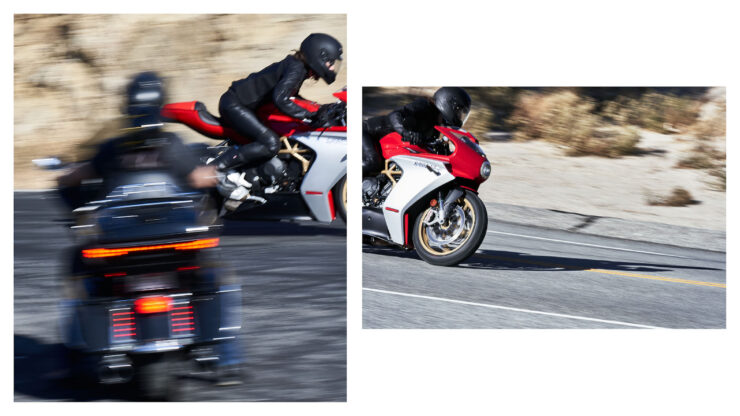
There were not many (if any) females writing for META and I was grateful they gave me the space to write motorcycle adventures my way. Even if my stories were abstract, poetic, or otherworldly, my voice was never quelled. I rode a Tiger across parts of Oregon and Washington, searched for aliens in New Mexico on an R nineT, foraged for herbs in the Colorado mountains abroad an FX 350, interviewed my favorite rock-and-roll band, spent an entire day with Tom DeLonge and several other one-of-a-kind projects. Though I was always the lone lady on these undertakings, the team of people were more concerned with the creative output and the passion for riding than my gender.
One of my proudest moments as a writer was when my story, Terra Incognita, made the cover. Not only was I the first woman on the cover of META, but my eccentric idea about searching for extraterrestrial life from the seat of my terrestrial rocket actually resonated with others, including brands like BMW who were willing to take a chance on us. It was a story I pulled from the depths of life-long interests, proving to myself that being exactly who I am pays off. It is a humbling experience when this goofy girl can land a cover that has been shared with legends like Jason Anderson, Jeremy McGrath, Carey Hart, and more.
There have been times in my life where I thought I needed to adapt or subdue my inherent quirky nature in order to appease those I am working with. But after some life experience and more confidence under my belt, I finally started saying screw it. Motorcycles have helped me with that tremendously. I would advocate for simply being your funky, unique self and know that someone will connect with it and you, exactly as you are. Ruffle some feathers. Stir shit up. Cause a commotion. If it is coming from a good place and you are not harming others (and I do not mean feelings, you big babies), then get after it.
What’s Your Most Memorable Moto Experience?
It is funny when you view the polished product of your hard work in a magazine, it gives the appearance that the trip was nothing but magical. There are definitely no shortages of gratifying moments, but what the reader does not see is the strife, struggle and stress that goes into the production of these experiences. It is not all glamorous, but I also would not want it to be any other way.
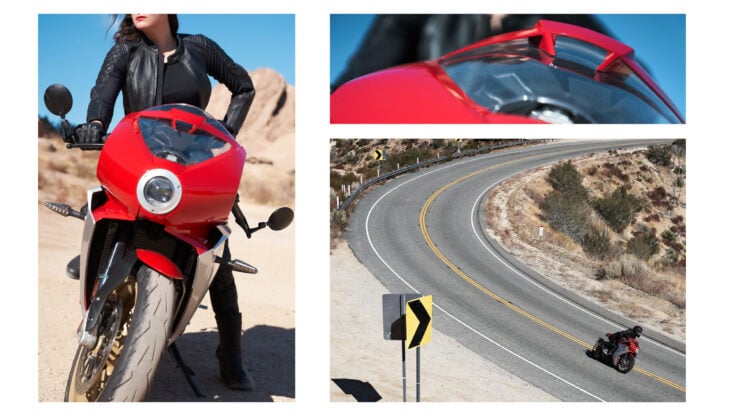
A few years back I had the opportunity to follow along in Woody Guthrie’s footsteps and explore parts of the Pacific Northwest on Triumph Tigers with quite the crew of characters. I was the only girl riding with former professional dirt bike riders, business owners, and notable innovators in the motorcycle industry. It was a little intimidating to be riding with such a distinguished squad, but I was too excited for this quest to get hung up on it.
Our first time meeting each other was to be at the location our Tigers for the trek were parked. There were four bikes prepped and four of us awaiting to meet our match. I remember one of the guys took a look at the bikes, and then at all of us, holding a prolonged glance in my direction, and said, “So who is going to ride this fourth bike?” I laughed because I thought he was teasing me, but he was serious.
Slightly irritated I responded with, “Well, considering I am writing the story I am obviously going to be riding the bike.” To which he responded, “Are you sure you can even ride this thing? Are you tall enough? I just really don’t want anyone crashing.” Mind you, he had never met me nor knew anything about my riding experience. It was pretty insulting, to say the least. I replied with, “The bike and I will be fine.” I am most definitely not a pro, but I do know how to hold my own on a bike. Being sufficiently prepared, however, is a slightly different story.
It was not the most ideal way to embark on a journey, but I wanted to get through the week and embrace this wonderful opportunity, so I let the baseless taunting slide. It was the end of October and my first time riding in Oregon and I significantly underestimated the elements. I did not anticipate the bombardment of freezing rain and snow and was clearly a layer or two short. I felt like I was already starting this trip at a disadvantage with some of the team members so did not want to admit how ill-prepared I was, only to ratify their unfounded suspicions about me.
So, I froze. It was dumb and dangerous and I only have myself to blame for that. The heated hand grips had nothing on our ascent to the top of Mount Hood and to be honest, I truly do not know how I made it to the summit. The snow was coming down hard and my legs and hands were so frozen that any kind of significant breaking, accelerating or shifting was not going to happen. Saying I rode up Mount Hood is a little generous; I passively glided up the mountain on a sheet of ice, praying there was some body part thawed out enough to engage the brakes once I reached the parking lot of our destination.
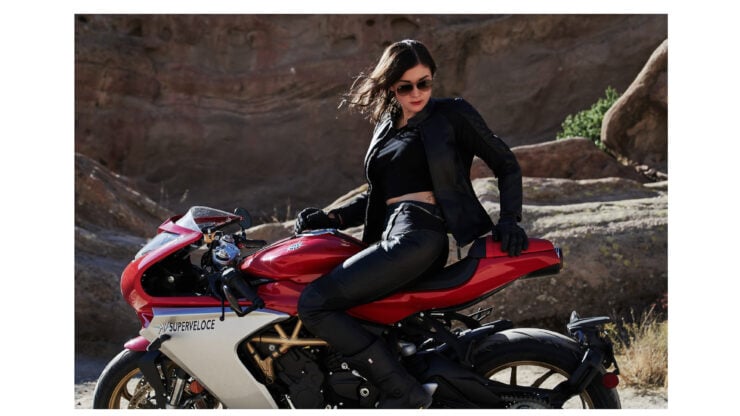
After miraculously making it to our stop without incident, I could tell the negative Nancy lightened up towards me a bit. The trip continued on for several more days with its fair share of hurdles and hiccups but the ride was itself (when it was not raining or snowing) was breathtaking. The crew ended up bonding over riding and surviving such misery. This was the kind of trip that was memorable because of the discomfort and struggle. Which, after you make it out alive, are kind of the best adventures.
What are the progressive changes you have seen in the industry, or things you’d like to see change?
Nothing makes me happier than seeing so many women ride motorcycles and over the last ten years, that number has significantly increased. I ride with a multitude of ladies that inspire me and push my skills on the street and dirt. The support and encouragement we have for one another is a force to be reckoned with.
Social media is an element that has grown the motorcycle community immensely and is an encouragement for many new female riders. I have met many of the awesome women I spoke of through platforms such as Instagram. For the most part, it is a really beautiful thing, but I have also observed and experienced the darker side of it.
I think we spend too much time judging others instead of worrying about ourselves. I am not immune; I am speaking to myself as well. There are plenty of things posted on social media that could induce and eyeroll and when people are feeling especially insecure, a hefty amount of trolling may ensue. The worst of it to me, however, is when I see women bashing other women.
When women band together, we are mighty. So as more and more women ride, let us keep channeling that energy into something positive and supportive rather than something hateful. I see too many women judging and talking negatively about some girl on her bike not wearing protective gear, for example. I get it, I strongly believe in being safe and wearing the proper gear when riding – I have been in a few crashes where the gear prevented significant injuries and therefore make sure I am covered when I ride, though I could always do better. But, I also may snap a pic sitting on my bike with my jacket off and tank top underneath.
If you have a problem with that, why not have a thoughtful conversation with me? I would love nothing more. Or, instead of stressing over what other people are doing, how about we just be pumped that more women are riding, we continue to be the example that is most conducive for ourselves, and do our best to support others. It would behoove us to not take out our insecurities on others. If people are in it for the wrong reasons, they will not last long and I hope that they are safe in the meantime.
How do you define style or influences – like what bike you normally ride or what things about bikes draw you in?
When it comes to my style for motorcycles, I am always seeking that delicate balance between form and function. I want a good-looking bike, which to me translates to a more classic, clean style. However, it cannot be all looks; I want performance to hold its own.
My first few bikes were vintage two-strokes – an RD400 and G6. Both slender, spicy, smokey machines. I found them to be gorgeous and the two-smoke performance (and smell) is addictive. When my RD hit its powerband, it is like the world goes from black and white to color; a truly magical experience. Thanks to my 2Ts, I became a pro a cleaning my points and swapping out my spark plugs, which eventually got old.
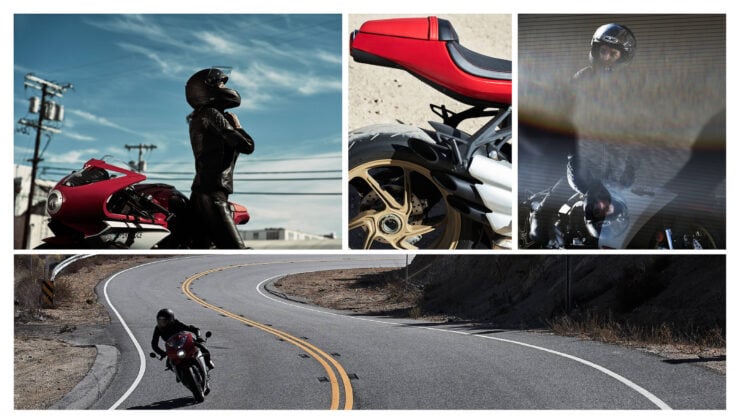
When I transitioned to modern bikes, I gravitated towards the scramblers. I had a Ducati Scrambler that I adored for it was reminiscent of my dirt bike, feeling agile and slender and a riding position I was more comfortable with. I eventually started craving a little more oomph and found that in my current bike, the BMW R nineT.
The first time I ever rode an R nineT was working on Terra Incognita for META. I spent a solid week on the machine and fell head over heels in love. There was no doubt in my mind that I would eventually own one. Though bulkier than I would like with the boxer engine, I still found its retro style alluring. It had that extra torque I was itching for yet still was surprisingly nimble. My R nineT makes my eyes twinkle and gracefully achieves that dance between form and function.
Staying loyal to my BMW, there are no other motorcycles I am sincerely eyeing at the moment. I will probably always lust over the Ducati Scrambler Desert Sled or the Triumph Scrambler 1200 XC. But my next motorcycle will be a dirt bike as I spend most of my waking moments daydreaming about riding trails and racing tracks. I am still a beginner but there is nothing I want more than to be on a dirt bike. Style wise, I think those Husqvarna FC 250s are sexy. I also would not mind a Honda or Kawasaki (go Tomac).
Follow Maggie here on Instagram to stay up to date with her adventures.
A Word About This Series By Its Creator – Stan Evans
In engine culture it is easy to associate tradition and celebrate heritage as the norm, I think it’s time to embrace those that challenge the status quo. As we turn the page, we want to celebrate a new breed of motorist who discovered motorcycles and cars as a means of escape – and in that moment of clarity found their true selves.
This is the first in a new series of features by Stan Evans that we’ll be publishing on Silodrome to highlight voices that are often underrepresented in the parallel automotive and motorcycle communities. In the coming months he’ll be bringing you a number of interviews with a fascinating range of diverse, remarkable people from the United States and around the world.
We are out finding interesting, eclectic people that care about inclusivity and taking their role as advocates to heart, bringing new enthusiasts to the road and letting them tell their stories in their own words.
In addition to this, we’re working on a mentorship program with a select group of photographers and journalists to give hands-on instruction and help build future generations of creatives. This story is the first step and we hope part of the catalyst within the industry to walk the walk instead of just talking the talk.
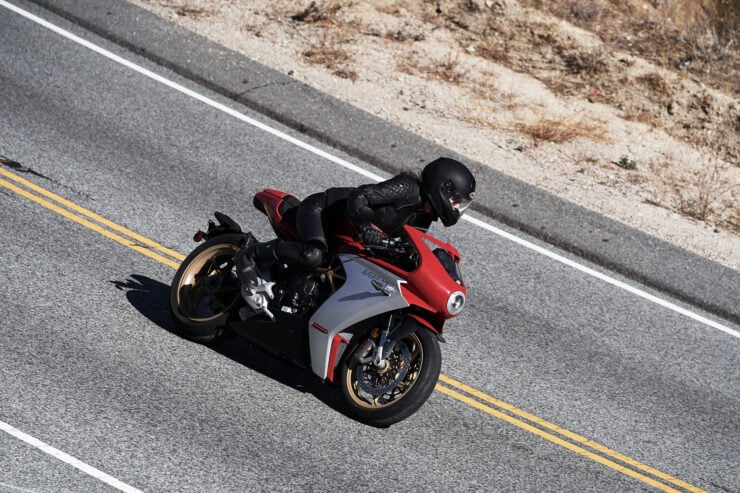
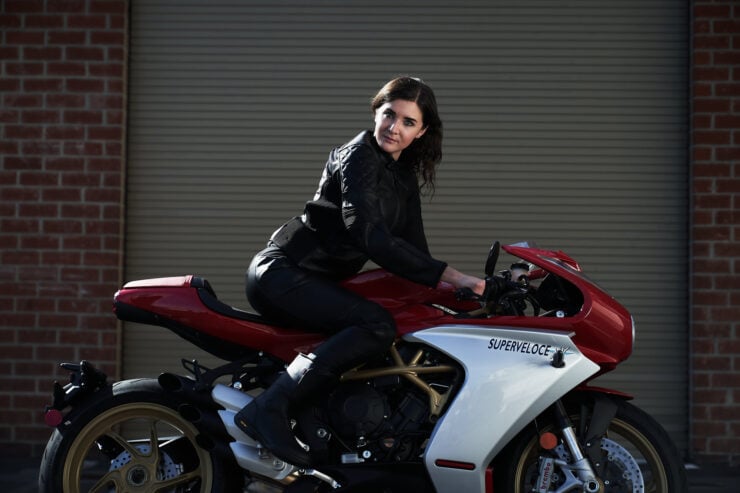
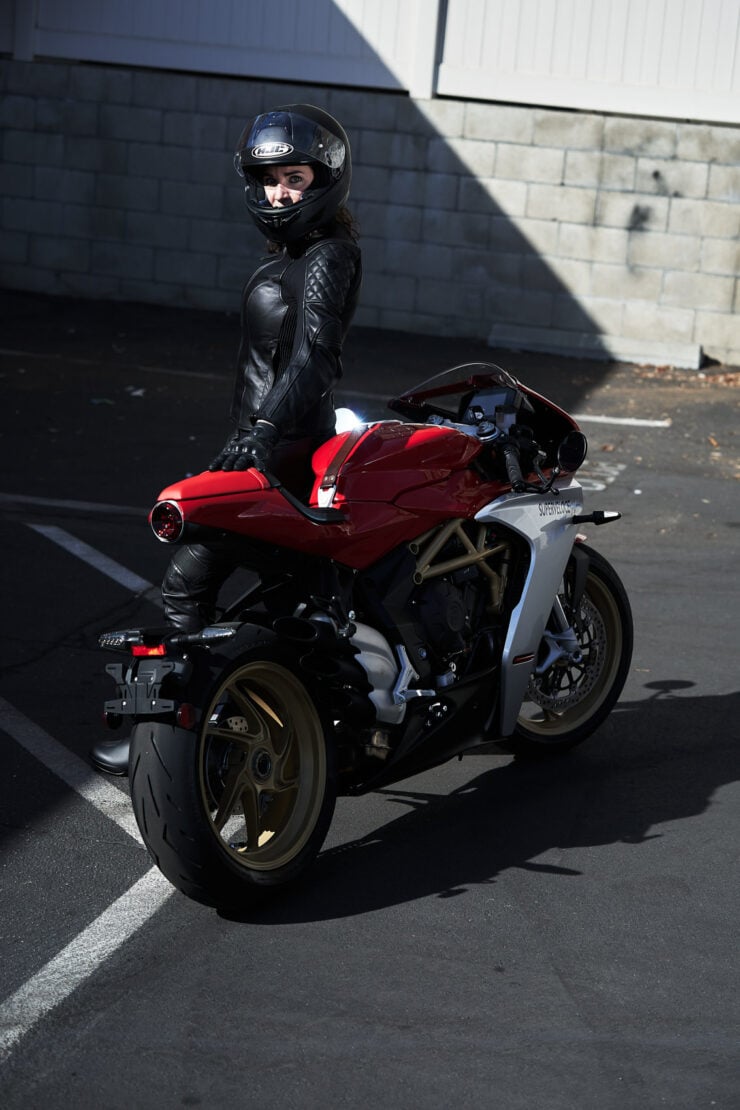
Images: Stan Evans – Copyright 2021©
The post An Interview With Maggie Gulasey By Stan Evans appeared first on Silodrome.
from Silodrome https://silodrome.com/maggie-gulasey-interview/
via
gqrds
